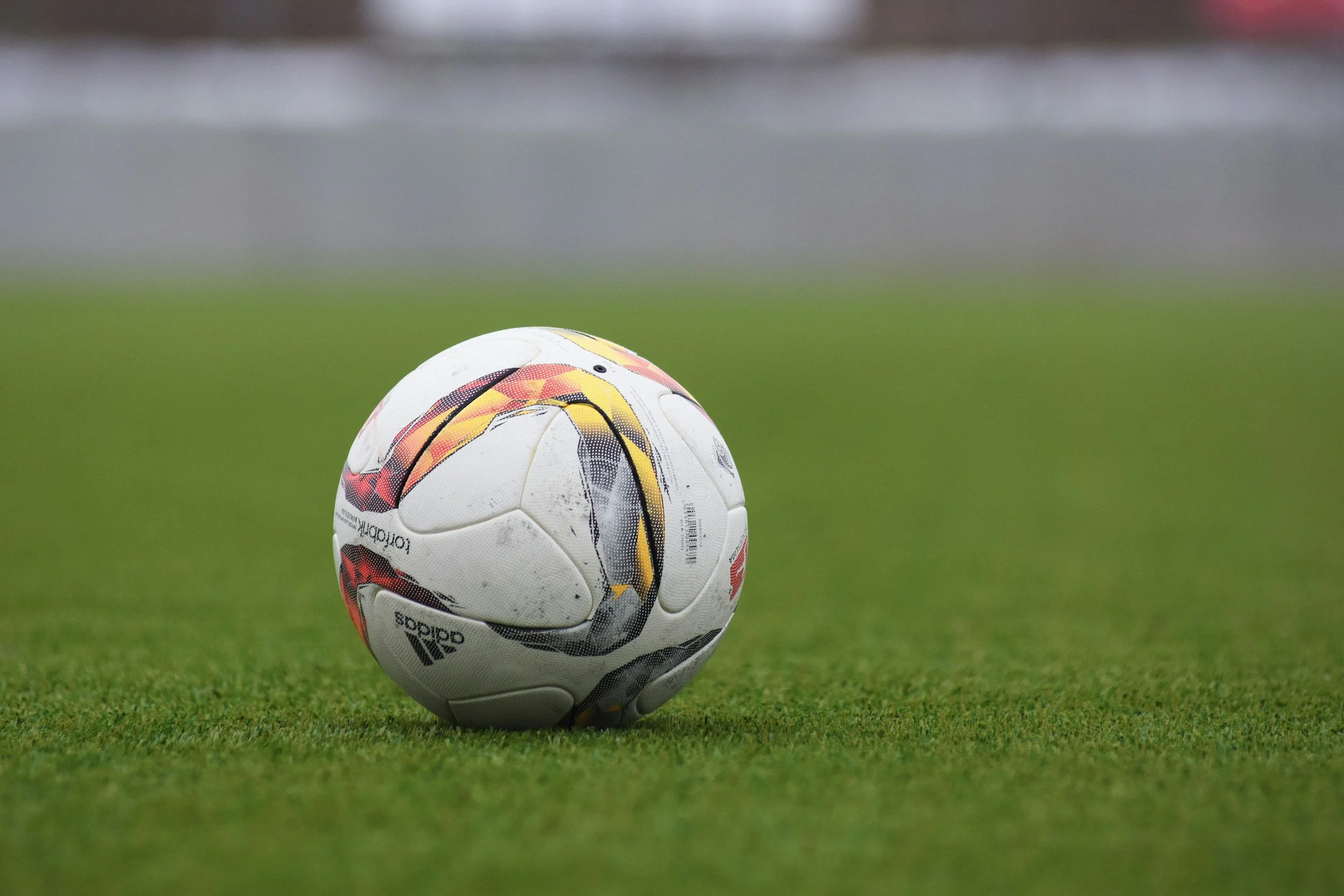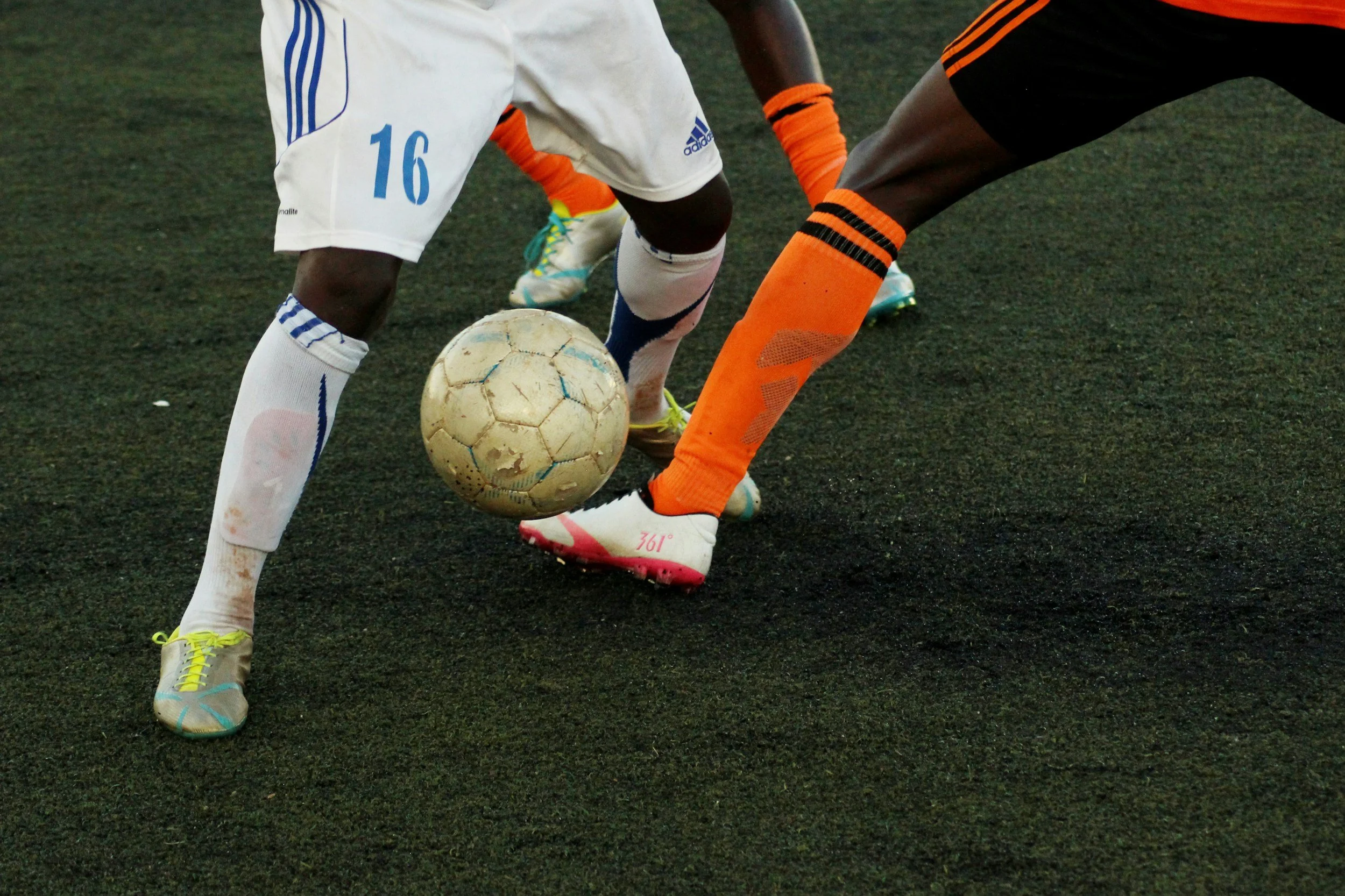Is the League of Ireland Finally Taking Centre Stage?
By Emma O’Sullivan, Sports Editor
The League of Ireland has made plenty of headlines in recent weeks - for all the right reasons - following the first two weekends of the 2025 season being played out. Attendance records broken in the Aviva, plus Shamrock Rovers doing well in European football has given the media something to write about, making some positive news for the league. Negative headlines have dominated the past few years, from corruption within the FAI, funding issues, and TV rights conflicts. However, the 2024 season provided many thrilling storylines - Shelbourne won the league by 2 points, thus ending Shamrock Rovers’ bid for five titles in a row, former Irish international Damien Duff won the league as manager, and relegation-threatened Drogheda United won the FAI Cup against Derry City. Former regular title contenders Dundalk were relegated, and Shelbourne added a 14th title to their collection, having been promoted back up to the top-flight in 2021. The stage was set to take these thrilling club sub-plots and build on them in order to gain more recognition for the league. It didn’t take long for this to happen, as Shamrock Rovers shone in the UEFA Europa Conference League group stage, making it through to the knockout round, coupled with the announcement that Bohemians versus Shamrock Rovers would kick off the League of Ireland campaign in February in the Aviva Stadium. Both events made positive headlines, giving Irish football some hope and positivity that it has desperately craved for years.
Record-Breaking Attendance at the Aviva
In late November 2024 it was announced that Bohemians and Shamrock Rovers would play in the Aviva on the opening weekend of the 2025 season. The Dublin Derby is always a highly-anticipated and hotly contested match, and the news it would be played at the 50,000-seater national stadium was exciting for the league and fans alike. Bohemians bolstered their squad in the off-season, and the signing of free agent Lys Mousset, who has previously played for the likes of Bournemouth and Sheffield United in the Premier League, was perhaps the biggest one of all. Rovers arrived into the game having had a longer 2024 season due to the Europa Conference League matches running on until mid-December. They had also just won 1-0 versus Norwegian side Molde in the first leg of their knockout game, setting themselves up nicely for the return leg in Tallaght. Bohemians beat Rovers 1-0 on the day, with 33,208 supporters showing up to the Aviva on that Sunday afternoon to watch the derby - a brand new league attendance record. It proved the argument that if the space is on offer, it will be filled.
Attendance levels have long been an issue within the League of Ireland, whether it’s the lack of turnout or the lack of stadium capacity. Dalymount Park, which is the usual home of Bohemians matches, had an average attendance of 4,240 people last season, out of a maximum possible attendance of 4,500. Redevelopment plans are underway at the stadium in order to increase the capacity to 8,000, although there are now doubts over whether the redevelopments will be enough. There are arguments on either side of the Aviva attendance numbers - yes, the game was a one off, and therefore a novelty. Many probably attended as their first ever league outing, and many may never go to a league game again. On the flip side, if the appetite is there for league matches, then the crowds will show up. Shamrock Rovers currently have the largest crowd capacity in the league, with Tallaght Stadium sitting pretty at a max capacity of 10,000. The average attendance for the club’s home games last season was 6,071 - a number that no other League of Ireland stadium was capable of holding last year. It is also worth noting the context around Rovers: they are the most successful Irish club in terms of domestic league titles, and were on the back of four titles in a row from 2020-2023. The Aviva attendance numbers can certainly be built on, and instead of taking a cynical approach to this, the League organisers shouldn’t be afraid to make a bold move or two. Irish football is slowly gaining the fanbase it has long sought after.
Rovers in Europe
February marked the beginning of the European knockout rounds, a stage Shamrock Rovers were involved in this year. Their road to European football was one of surprising success, having gained a first-round Champions League qualifying spot after winning the League of Ireland in 2023. After several wins and losses throughout the various qualifying rounds, Rovers ended up in the group stages of Europe’s third tier of football, the Europa Conference League. Out of the six group games they played, they won three, drew two, and lost one (against English giants Chelsea, no less). This year has seen a new format for European group games, played in a league style as opposed to the previous format of playing in groups of four.
Rovers finished in 10th place in the league on 11 points, sitting just outside the automatic qualifying spots (1st-8th) through to the round of 16. 9th-24th had to play an extra preliminary qualifying round in order to advance to the round of 16, and Rovers drew 23rd place Molde in the draw. Molde were in a similar position to Rovers in that their league doesn’t kick off until March, meaning they were playing through their off-season. Molde had done well to get to the point which they were at in the European competition, suffering three losses, one draw and two wins to make it to 23rd in the table. Both clubs had yet to play a league game prior to the first leg of the tie, making them more even in terms of match fitness and momentum. Both clubs also stood to gain a lot from these European games revenue-wise, with more and more money added to the pot for each round of the competition.
Rovers won the first leg of the tie 1-0 in Norway. 16 year-old striker Michael Noonan scored the winner in the 57th minute, after Molde were reduced to ten men as a result of a red card in the 42nd minute. The teenager made his debut for the club after signing from St. Pats in the off-season, starting the match and subsequently scoring the winner, which also made him the youngest goalscorer in the modern era of European football. What followed in the headlines the next day was that he was returning to school the next day as a Transition Year student in Kildare!
The tie was poised in Rovers’ favour at this stage, being 1-0 up on aggregate and the return leg to be played in Tallaght. Molde scored ten minutes into the game to level the tie, and Rovers missed some decent goal scoring opportunities to go one ahead and alleviate some pressure. Molde once again had a man sent off at the end of normal time, meaning they played with one less player during the course of extra time. Neither team could find a winner at the end of the 120 minutes of playing time, and the game subsequently went to a penalty shootout. Rovers forward Aaron Greene was the only player of the two teams to miss his spotkick, meaning Molde advanced 5-4 on penalties into the round of 16. As is the unfair nature of penalty shootouts, Rovers were dumped out of the competition. A defensive mishap leading to the Molde goal, coupled with missed chances, meant they ran the risk of penalties, and were unfortunately on the losing side. Disregarding the second leg, the media attention the first leg drew was positive for the league and Irish football on a European stage. The excitement and possibility of advancing through to the final 16 was so close to being achieved, and Rovers campaign in Europe this season won’t be forgotten in a hurry. Supporters will be hoping they will replicate their heroics in the near future, or perhaps another Irish team will step up to the plate in Europe.
All attendance average numbers were obtained from Transfermarkt.com.



